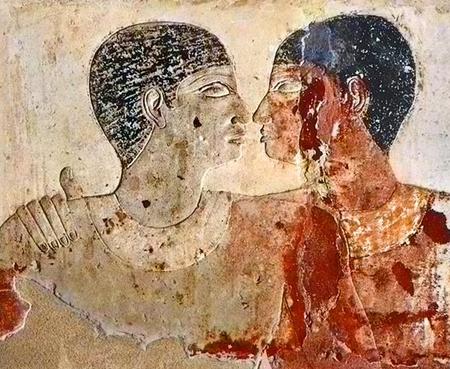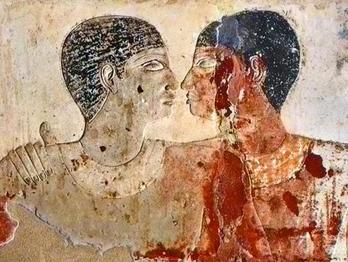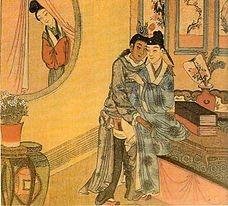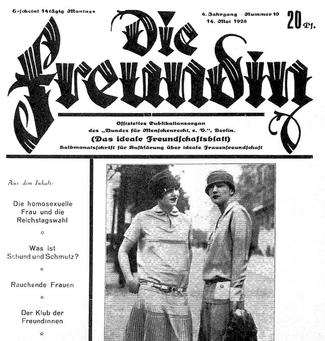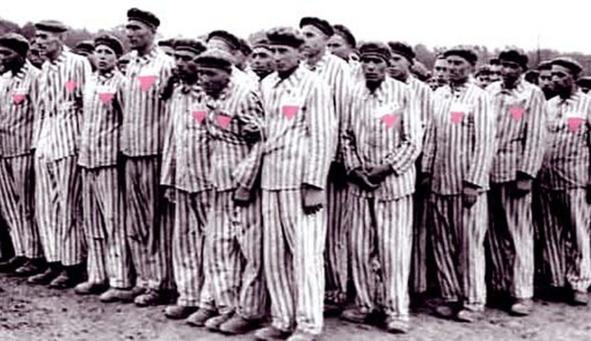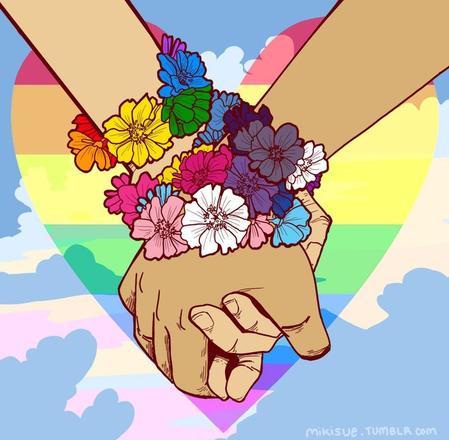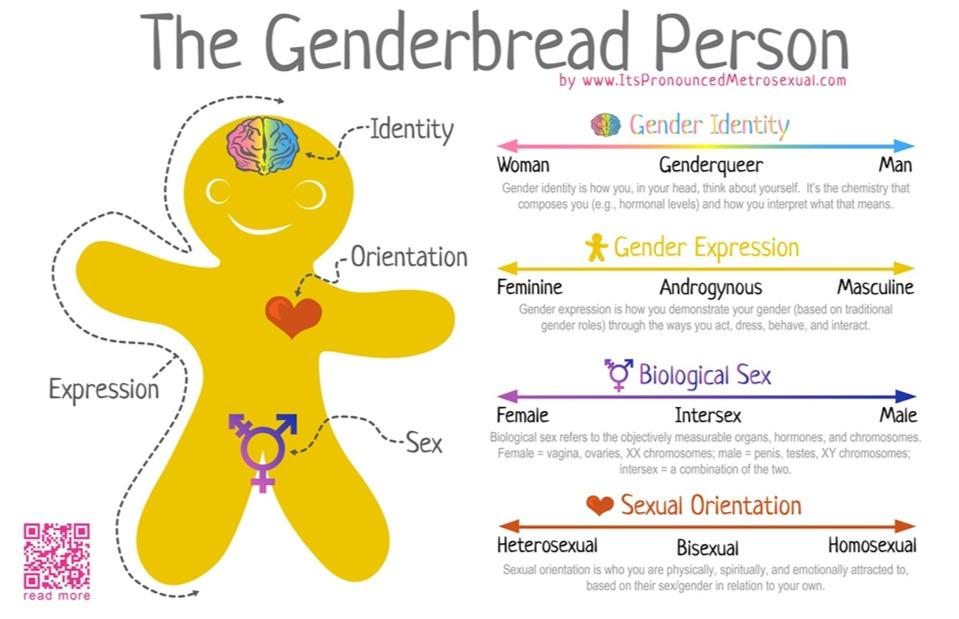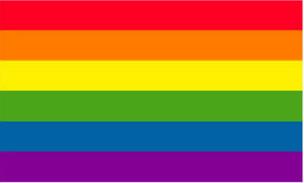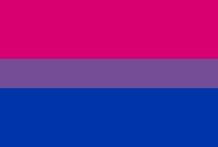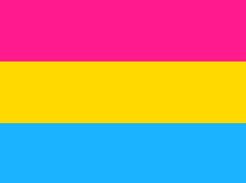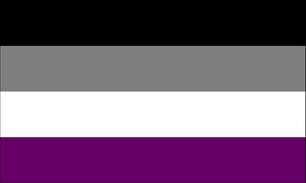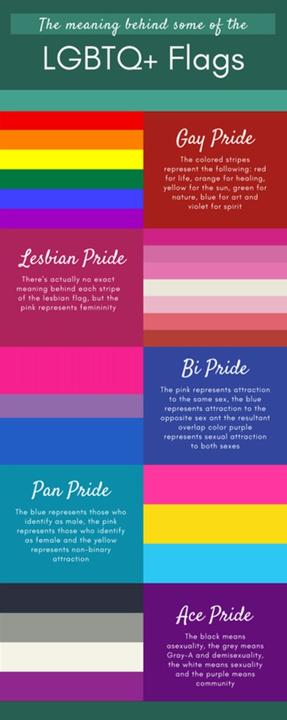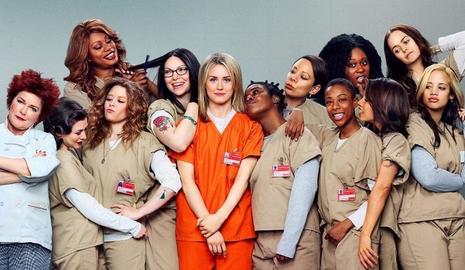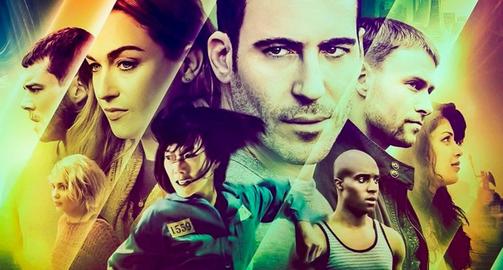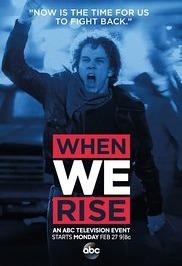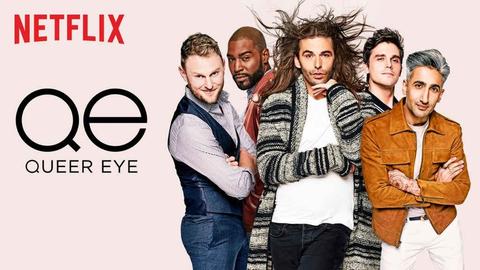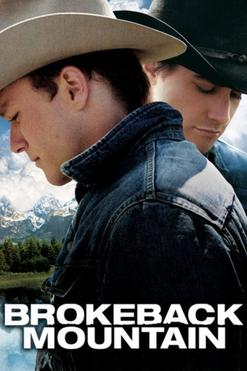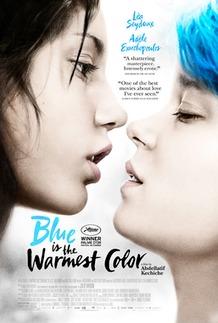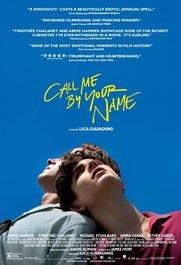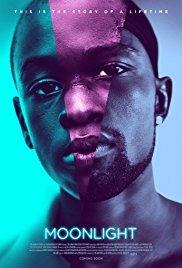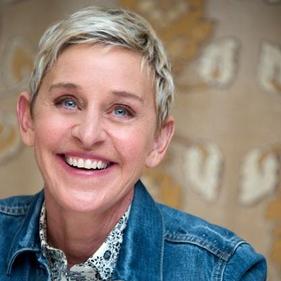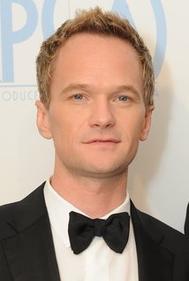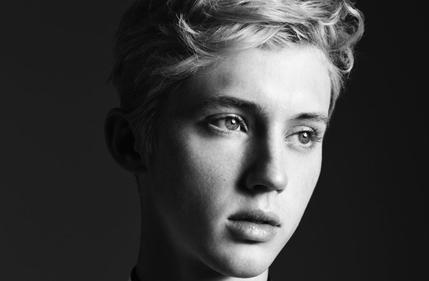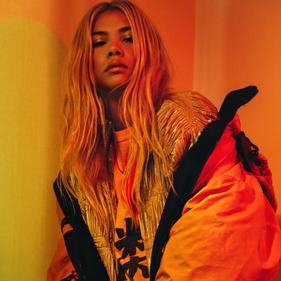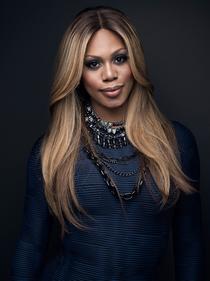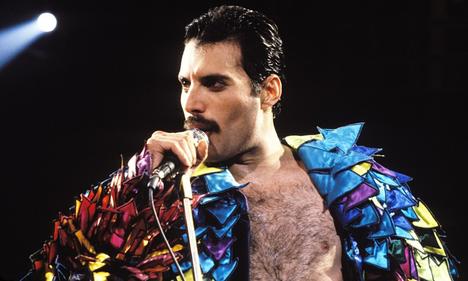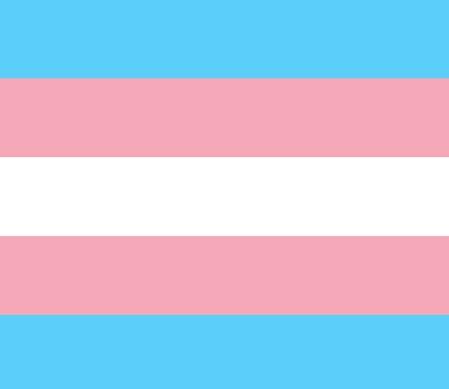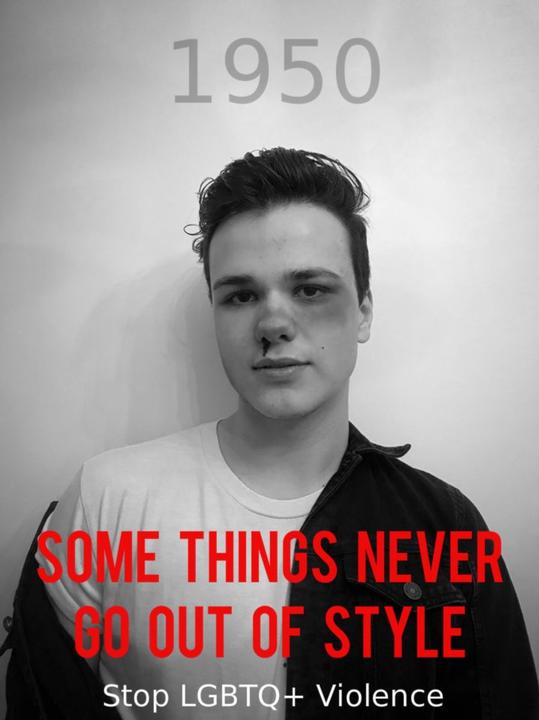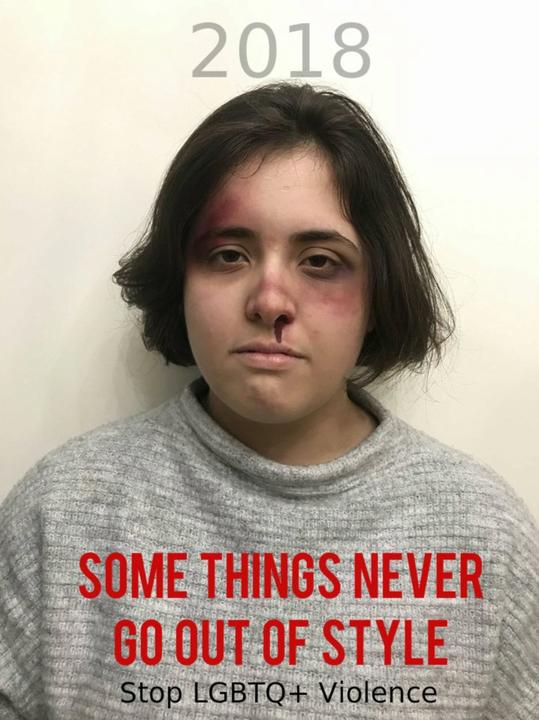LGBTQ+
The journey of the LGBTQ+ people from the beginning of time until today - how they were and are perceived; what has been changed and is still to change
HISTORY
Ancient Cilizations
The first recorded instances of same-sex love and sexuality takes us back to the Ancient Cilizations. Most of them did not condemn the act with some exceptions - Ancient Assyria created a law in 1075 BC which stated that if a man had intercourse with his brother-in-arms, they would be turned into an eunuch. This being the earliest known law condemning the act of male-to-male intercourse.
The other civilizations:
Ancient Greece did not distinguish sexual desire or behaviour by the gender of the participants, but rather the role that each participant played in the sex act.With Ancient Egypt is not clear whether they accepted or not, but there are paintings of two men with their noses connected, which represented a kiss, leading historians to believe that they didn't censure it. In Ancient China same-sex love has been talked about since the earliest recorded History. They perceived homosexuality as a normal thing, the same way they view heterosexuality. Regardless of the different interpretations, these examples show how LGBTQ+ have been around since the beginning of time.
From the Renaissance to the Civil Rights Movements
The Renaissance was a turning point in the LGBTQ+ people, especially, in the gay culture. Due to the intense oppression of homosexual relationships by the Roman Catholic Church, most European states went from legalizing it to making laws incurring the death penalty. Homosexual men, considered sodomites, were stoned, castrated and burned.
After the important events that happened in the Renaissance, it was ilegal being an homosexual in pretty much all Europe. Nonetheless, with the passing of the centuries some things started occuring in order to change these laws and to give rights to the LGBTQ+ community.
It started in France after the liberal revolution. It was the first West European country decriminalizing homosexuality in 1791. Germany, Berlin, also had an important role in this. Before the rise of Hitler (1890s to 1934), the city was very liberal and had a lot of gay bars, nightclubs, cabarets and even drag bars where straight and gay folk would go to in order to enjoy female impersonation acts. It also had the most active LGBTQ+ rights movements. One Jewish doctor - Magnus Hirchfeld - campaigned against the "Paragraph 175" of the Penal Code that made sex between men illegal. He also co-founded the Scientific-Humanitarian Comittee that later became the first international LGBT organization.
With the Holocaust, around 50000 people were sentenced because of their homosexuality and thousands of them died in concentration camps. Conditions for gay men were especially rough due to not only the persecution from German soldiers, but also prisioners. Many of them were reported to die of beatings.
The World War II was a setback from the beginning of fight for the equal rights. However, the Civil Rights Movements that started in the 60s brought a new wave of hope for the LGBTQ+ community. It was a worldwide series of political movements for equality before the law that were characterized by nonviolent protests. The aim of these movements was to ensure civil rights to everyone - they fought so everyone was seen as the same in the law.
Gay Liberation, as it was called, surfaced to make the LGBT community visible and to fight for their rights such as to end conversion therapy that involved, in the more serious states, shock therapy. It was believed that these kind of therapies would turn homosexuals into straight people. The Stonewall riots, in 1969, were one of the things that boosted this call for equal rights. In this case, gays, lesbians and drag queens resisted the police raid that was common at the time - the police force would expell the LGBT people inside the Stonewall Inn. After this, many groups were created such as Gay Liberation Front and the Gay Activists' Alliance. These groups helped to fight for the so desired rights and, even though the Civil Rights Movements started around 40 years ago, LGBTQ+ still don't have equality all around the world and we still have a long way to go. Regardless, fighting for what we believe in is the best choice and we shall follow the examples of these people whom not only fought for the LGBT rights, but also the women's rights and the people of color's rights.
Before starting, it’s important to distinguish biological sex from gender identity from gender expression from orientation, four different terms who often get mixed up.
When we talk about someone’s biological sex, we’re referring to their objectively measurable organs, hormones and chromosomes, the biological characteristics of their body. You can be a female, a male or intersex (which can be used to describe, for example, genital ambiguity or combinations of chromosomal genotype and sexual phenotype other than XY or XX, respectively male and female).
Your gender identity refers to how you, in your head, think about yourself. It has to do with the chemistry that composes you and how you interpret what that means. You can identify as a woman, a man, genderqueer (if you’re in between the first two) or agender (if you don’t identify with neither of them).
Your gender expression is how you demonstrate your gender, how you express it, based on traditional gender roles, through the ways you act, dress, behave and interact. Your expression can be feminine, masculine or androgynous, if it falls between the two.
When referring to our orientation, we’re talking about who we’re attracted to (often based on their sex/gender in relation to our own). Attractions can be sexual (“I want to have sex with you”), romantic (“I want to date you”), sensual (“I want to hug/kiss you”), platonic (“I want to be friends with you”), aesthetic (“You look nice”) or alterous (when desiring emotional closeness; between platonic and romantic). Even though we often use terms such as heterosexual or homosexual to describe our orientation, terms like heteroromantic or homoromantic can also be used, considering that the different types of attractions don’t always need to be the same for the same person (for example, someone who’s homosexual can be biromantic).
[Please note that the term “sexuality” is used in this part as an umbrella term for all types of orientations. When we refer, for example, to pansexuality, we are also including people who identify as panromantic, only the type of attraction differs]
To better understand sexuality, it’s important to get to know the different terms we use to describe different types of attractions. Be aware that the same person can identify with more than one of these terms, since some of them aren’t mutually exclusive.
Heterosexuality: attraction to the opposite gender (the term straight can also be used)Homosexuality: attraction to the same gender (the terms gay and lesbian can also be used for homosexual men and women respectively)Bisexuality: attraction to two genders (generally men and women)Pansexuality: attraction to all genders/gender is not concerned when attracted towards someoneAsexuality: not experiencing any sexual attraction (the opposite of allosexuality)Polysexuality: attraction to many gendersMonosexuality: attraction to one genderAllosexuality: attraction to at least one gender (the opposite of asexuality)Androsexuality: attraction to menGynosexuality: attraction to womenDemisexuality: only experiencing attraction to people after forming a strong emotional or romantic bondGrey Asexuality: only experiencing attraction on a very low scale, rarely or only under certain circumstancesPolyamorous: someone who is or is open to be in a consensual relationship with multiple people at the same timeQueer: originally, a pejorative term for gay, but is now reclaimed by some people in the LGBTQ+ community as an umbrella term
With the passing of the years, we are seeing more portray of the LGBTQ+ community in the media. We see it in different plataforms like TV, movies, music and others. This representation is fundamental because it helps to end stereotypes wrongly made. It also helps LGBTQ+ kids knowing that it's valid to be what they are and that they're not alone.
Some examples of media who showcase this are:
Series/TV Shows:
Orange Is The New Black Sense8 Shameless How To Get Away With Murder Glee When We RiseLooking Queer As Folk Rupaul's Drag Race Queer Eye
This video shows Drag Queens of the show Rupaul's Drag Race talking about a issue that shook the LGBTQ+ community - the Pulse Orlando Shooting: https://www.youtube.com/watch?v=5zx62KQyJQg
When we talk about transgender people, we’re referring to those whose gender differs from their assigned sex at birth. Transgender people are also sometimes called transsexual, if they desire medical assistance to transition from one sex to another. Being trans is independent of sexual orientation. A trans person can identify, for example, as homosexual, since being trans is related to your gender, and not to your orientation.
In order to better understand what it is like growing up trans, we interviewed a 14 year-old boy who told us about his experience, from what’s it like to realize you’re in a body that doesn’t feel like your own, to dealing with the process of coming out.
When did you realize you were a boy? Was it a feeling that was always there or did you realize it later in life? What's it like growing up trans?I guess I kind of always knew, I was never that comfortable with 'girl stuff' and mostly hang out with my cousin to play ball and fight when we were kids. I eventually realized what I was when I started getting more into Internet and social medias where there are big groups of queer people, around 13 years old maybe, I found out what I was finally! I was a boy!
How did it feel? What's it like to be in a body that doesn't feel like your own?It's weird really, getting called by a name that doesn't feel like it's supposed to be yours, not being able to cut your hair short whenever you feel it's too long or not being able to wear certain clothes like the other people from your gender because, apparently, you don't qualify as one of them.
Who did you tell and how did they react? Did you experience bad situations because of this? I've only told Internet friends and they were really welcoming! I've hinted that I'm not a girl to my family and even my family doctor in a check up, but they just brush it off as me being silly. I've told also the wife of one of my dad's cousins, who is British, and she seemed very calm with it, which certainly is reassuring since the rest of my family doesn't really seem very welcoming to that type of stuff, the reason why I haven't fully come out.
What are you doing/will you be doing in order to transiction?I'll be going through testosterone treatment and top surgery! Maybe bottom surgery, but I'll decide on that later on, if I feel comfortable in doing it.
What would you like to tell to fellow trans people struggling with what they're going through?Probably to accept themselves as who they are? You're not an abomination, you deserve to be loved and to be supported! You also don't have to go through any surgeries if you don't feel comfortable! Everyone transitions differently, there's no specific way to do it! Just worry about being comfortable in your body and as who you truly are!
Recently, people seem to think that there isn’t discrimination, or, at least, not as much as there was before. As a matter of fact, the levels of discrimination aren’t as high as they were before. Between 1948 to 1994 black people were separated from white people, whereas that doesn’t exist anymore – at least, legally -, but we still face problems of police brutality in which unarmed people of color are attacked by the police as if they were a danger. This shows that even though discrimination isn’t as serious as before, it still exists and needs to be dealt with in order to end it.
Now, in many countries, homosexual marriages are allowed, nevertheless, there are others where being gay is still considered a crime. In the Republic of Chechnya, which is a part of the Russian Federation, it was related that around 100 male residents, that were either gay or bisexual, were abducted, held prisoner and tortured by the authorities. It was described as a Gay Concentration Camp. This happened last year (2017). In Finland, a transgender boy had to be diagnosed with a mental illness in order to change his name and to have his gender legally recognized he would have to be sterilized. This was also last year. These examples just serve to prove that we still have a long way to go to reach the equality and the society without discrimination we desire.
In a world where so many people still suffer everyday for just being themselves, we should not allow ourselves to cross our arms and do nothing about it. Even if we have the privilege of living in a country where we can speak our mind and express who we are, many can’t even imagine what is it like to be in our place. That is why we need to keep fighting, both to protect the rights we already have, and to make sure they can, one day, become universal. While lots of people cannot go to the streets fight for their own rights, in risk of going to jail or even getting murdered, we actually have the luck of living in a place where we can make our voices be heard. So, next time there is a Pride near you, why not gather your friends and join? We really do take the right to protest for granted sometimes.
